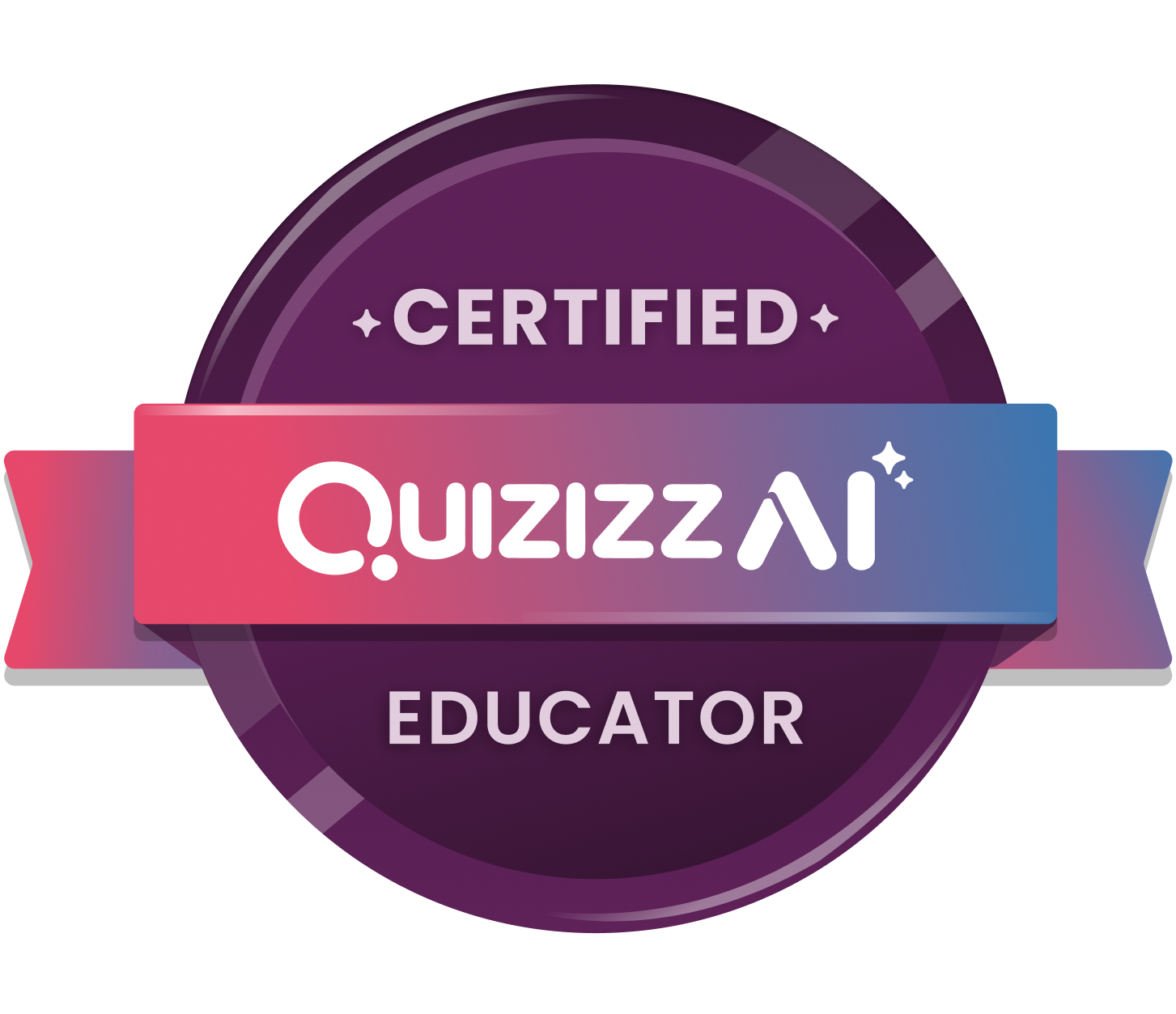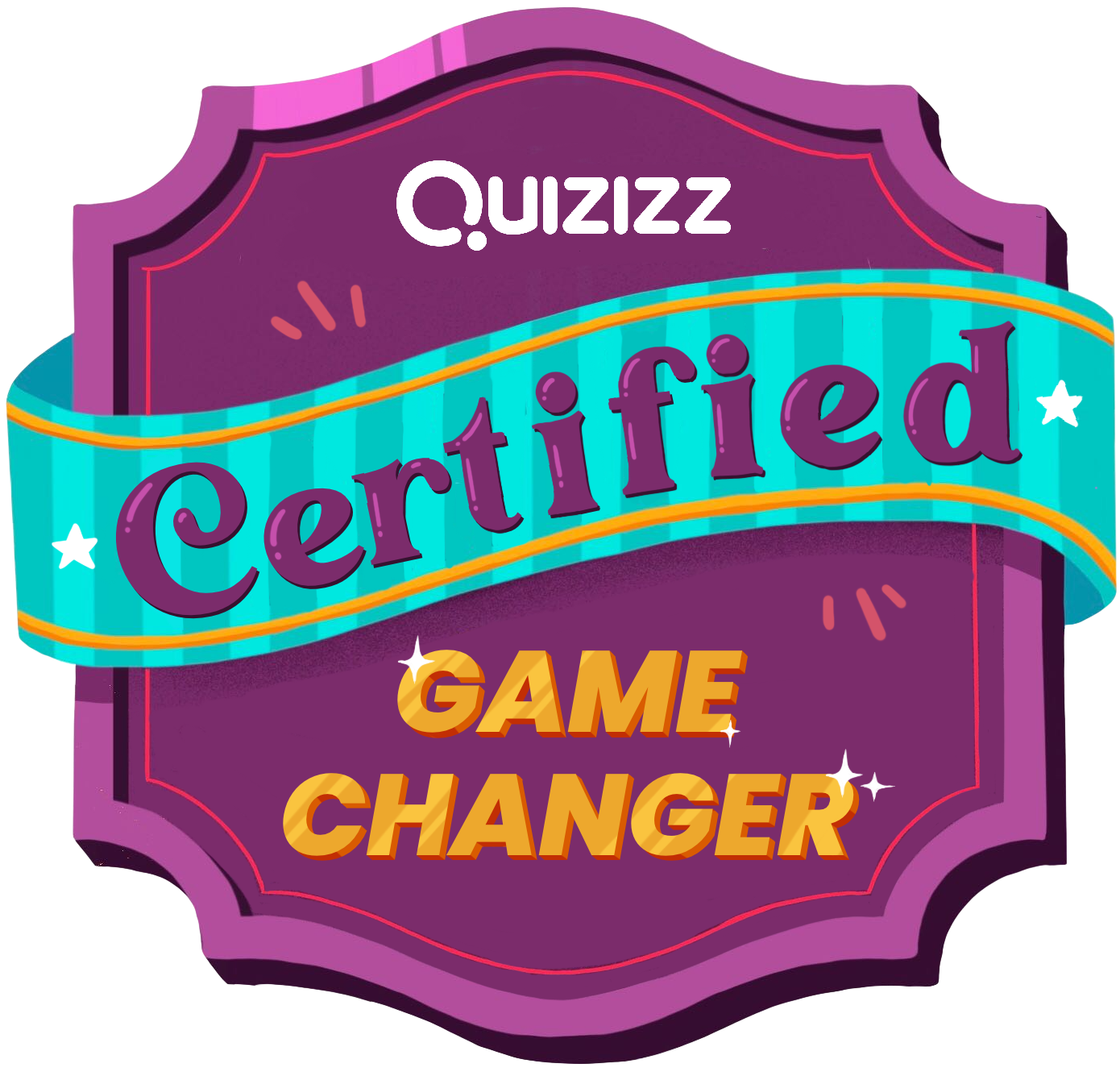[Note: I don’t use the consequences or document listed in this post anymore. I am striving to make learning for my students about information and NOT about rewards and punishments. A difficult endeavor worth doing!]
I’ve been getting quite a few pointers from the Smart Classroom Management blog. If you don’t subscribe to it, do so. It’s worth it. And check out their blogs, they have strategies and tips for everything you’ll need to make your class a fun place to be and learn.
The best tools I have for classroom management are to be proactive, right? In a perfect world Science is so much fun that students will forget all of their problems and never act out. That being said I do my best to ensure that my classroom is safe, engaging, fun and relevant. Safe by keeping bullying and put downs out of our school and by knowing and practicing that’s it’s okay to be wrong and make mistakes to learn. Engaging by studying exciting Science topics around questions and problems facing our world. Fun by doing labs and using current, 21st Century tech tools. Relevant by actually having my students learn.
I try to keep my rules simple. For my incoming 6th graders the rules are
- Respect the rights and property of others.
- Do not interfere with others’ rights to learn.
- Come to class prepared and on time
I’m also teaching two of our three 8th grade classes. Most of the 8th graders were with me in 6th grade and many of my returning 8th graders were with me last year in 7th grade. With them them the rules are even simpler. Show respect. I don’t spend a lot of time telling students the rules or talking about rules. Once we’ve determined what we want out our Science class I go from there.
From the Smart Classroom Management blog I got a great idea for consequences. I used to have all these leveled consequences until I finally gave up on writing down and sending home consequences. I used think time and contacted parents when I needed to and that took care of most problems. For the recurring or serious problems I send kids to the principal. This year I’m going to try the following consequences:
1st time a rule is broken: Warning
2nd time a rule is broken: Time-Out (for us this is Think Time)
3rd time a rule is broken: Letter Home
This is the half sheet letter I’ll send home with students if get to step 3:
Yellow Plan Behavior3
This letter was adapted from what a now retired teacher in my school, Nancy Wyatt, used as a “Yellow Plan” to send home with students who needed to tell their parents something.
The letter sent home is to communicate with parents so they know what is going on in class. I’m hoping that negative behaviors won’t go past this step. Beyond this step moves the problem into the building discipline plan. According to the Smart Classroom Management blog if you treat the rules/consequences as a contract and follow it consistently it will work to change student behavior. That is after all what I want, to show all my students which behaviors contribute to the flow of learning in our classroom.
Another idea I got from the Smart Classroom Management blog that I’m going to implement this year is the No-Go Restroom Policy. I have about 50 minutes a day with my students to learn and do Science. Raising hands to use the restroom during a riveting class discussion is annoying so the rule is that there is no using of the restroom during class time. Yeah, yeah, I’m horrible. But wait. There’s a secret loophole. Yes. It’s the Jumping Jack Loophole. If a student can’t hold it until the next class (remembering that we have a 15/10 rule where the all students are to be in class the first 15 and last 10 minutes of each period) then all that student has to do is stand in my line of sight and make sure I see him or her. Then he or she needs to do five energetic jumping jacks and go sign out to use the restroom. Sounds crazy, right? Just crazy enough for me to try it! They say it works remarkably well. We’ll see. 🙂

































































